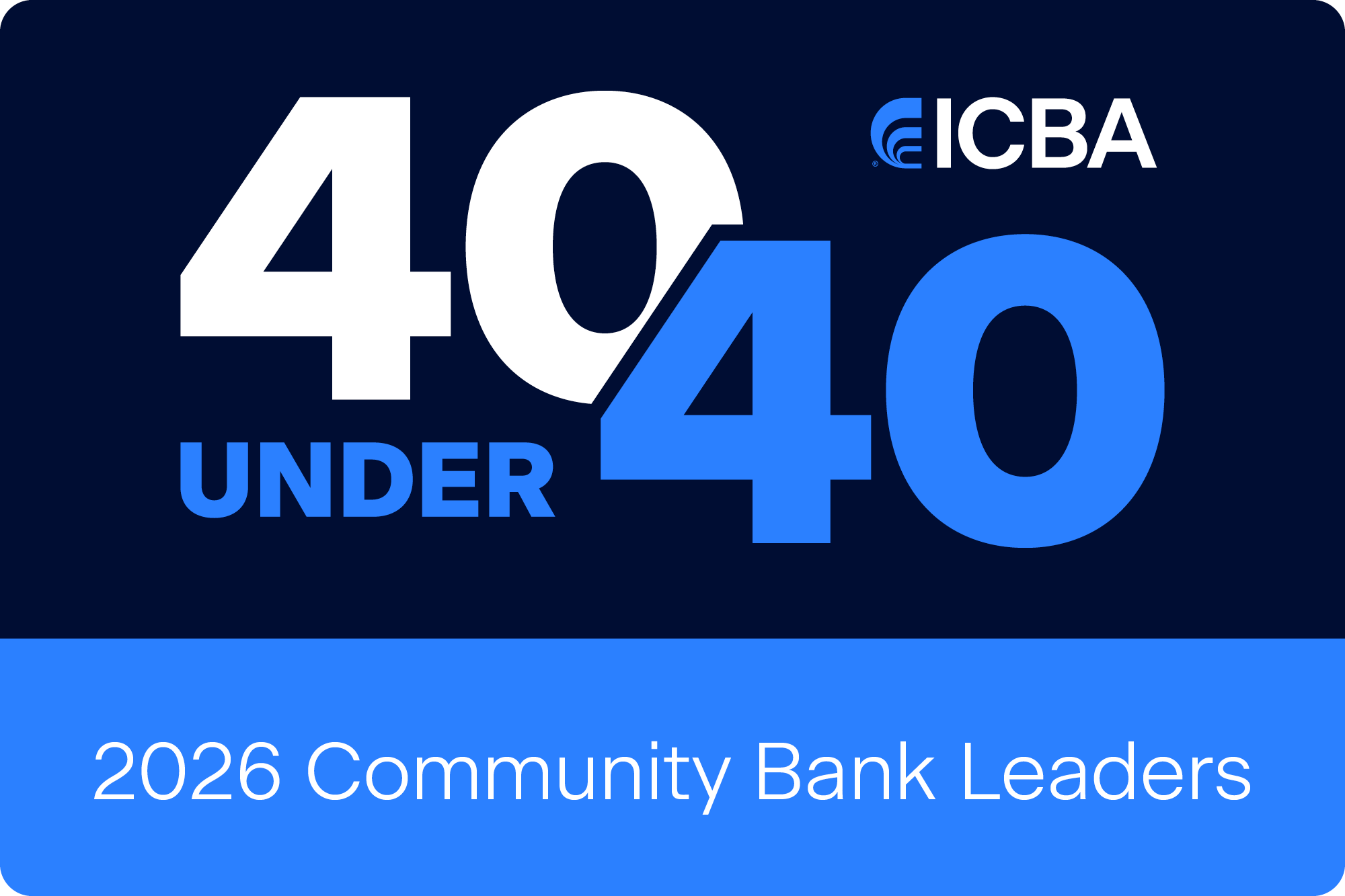We advocate for community bankers to continue to have an environment where they can help their customers, and we respond creatively to ensure our customers still have access to solutions that meet their needs.
Rebeca Romero Rainey: Advocate for a Positive Environment
September 07, 2023 / By Rebeca Romero Rainey
We advocate for community bankers to continue to have an environment where they can help their customers, and we respond creatively to ensure our customers still have access to solutions that meet their needs.
Where I'll Be
I’ll be visiting the ICBA team in our Sauk Centre and Atlanta offices, attending our LEAD FWD Summit and celebrating a Golden Jubilee Convention with the Independent Community Bankers of Colorado.
Navigating the regulatory landscape is like getting on a roller coaster. There are ups and downs, and you’re never sure what’s around the next turn or when you’re going to get thrown for a loop. Right now, that wild ride comes courtesy of Silicon Valley Bank and other bank failures, and we’re looking at potential rule writing as a result.
When a financial crisis or series of events triggers legislative and regulatory investigation, the de facto response is to deepen regulation. In fact, this reaction is the reason I got involved in ICBA in the first place: I saw the need for advocacy at the state and national levels. We were facing a new set of mortgage rules that didn’t help the customer or make things better. They didn’t allow me to support my community, and I realized that those writing the rules didn’t understand how they affect our day-to-day ability to serve our customers.
That’s why what we do at ICBA is so important. We focus on educating what the intended or unintended response of an action may be. We advocate for community bankers to continue to have an environment where they can help their customers, and we respond creatively to ensure our customers still have access to solutions that meet their needs.
Fortunately, community bankers excel at supporting our customers despite regulatory hurdles. In fact, I was inspired by a conversation I heard on the “A Bank Culture that Works” episode of the Independent Banker podcast. Ann Buckmiller, director of compliance at Reliabank Dakota in South Dakota, talked about her job in compliance as a way to help meet customer needs, and at the same time, ensure that the bank does what it needs to do to follow the rules.
Her comments struck me, because I realized our job is to do precisely what Ann said: take control of the situation by knowing what the rules are, recognizing where they fall short of meeting customer needs and innovating to solve for any challenges. It’s about taking what’s required of us and making it work for our customers and communities.
There’s no question regulation makes for a bumpy ride, but it’s an uphill climb we’ve experienced countless times. The more we can keep our focus on our customers and their needs and differentiate our relationship-based business model (see our National Campaign Toolkit for resources), the smoother the journey will be. So, let’s jump in the driver’s seat and advocate for community banking. We’re going to need to buckle up, but by keeping our customers as our chief priority, we may just be able to enjoy the ride.
Subscribe now
Sign up for the Independent Banker newsletter to receive twice-monthly emails about new issues and must-read content you might have missed.
Sponsored Content
Featured Webinars
Join ICBA Community
Interested in discussing this and other topics? Network with and learn from your peers with the app designed for community bankers.
Subscribe Today
Sign up for Independent Banker eNews to receive twice-monthly emails that alert you when a new issue drops and highlight must-read content you might have missed.
News Watch Today

Join the Conversation with ICBA Community
ICBA Community is an online platform led by community bankers to foster connections, collaborations, and discussions on industry news, best practices, and regulations, while promoting networking, mentorship, and member feedback to guide future initiatives.













